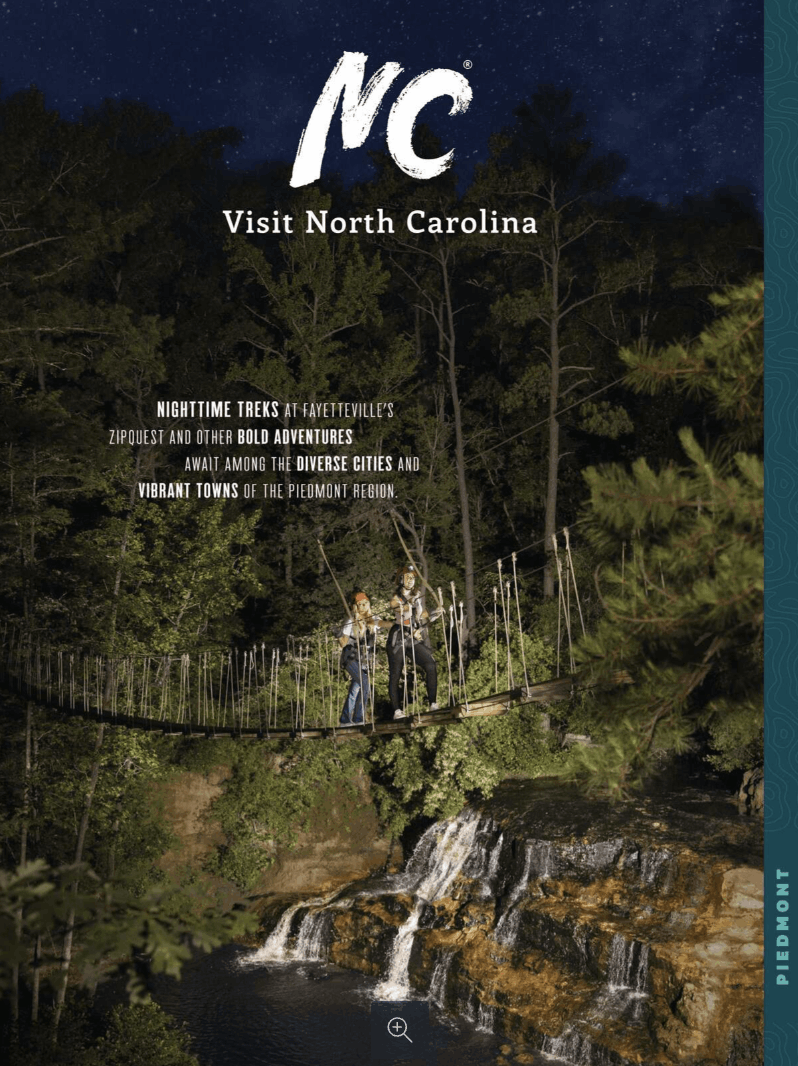Population & Demographics: Understanding Our Diverse Community
A Thriving, Dynamic Community of Nearly One Million
When you walk through Charlotte's neighborhoods, attend community events, or simply go about your daily routine, you'll be part of a vibrant community of approximately 935,000 residents within the city limits, growing to over 2.88 million people across the Charlotte-Concord-Gastonia Metropolitan Statistical Area. This isn't just growth for growth's sake—Charlotte is experiencing what demographers call "quality growth", attracting educated professionals, diverse families, and forward-thinking individuals who are choosing Charlotte as their permanent home.
The energy is palpable: Charlotte is currently growing at a remarkable 1.28% annually, and the region's population is projected to explode from 3 million to 4.6 million people over the next 25 years. With Mecklenburg County alone expected to add 600,000 new residents by 2050, you'll be practicing in one of America's most dynamic and expanding communities.
- Metropolitan Scale with Community Feel: Nearly 2.9 million people in the MSA provide big-city amenities while maintaining the approachable, friendly character that defines Southern hospitality
- Rapid, Sustainable Growth: Annual growth rate of 1.28% represents healthy expansion driven by people choosing Charlotte as their permanent home, not just a temporary stop
- Economic Momentum: The region's explosive projected growth to 4.6 million residents by 2050 ensures a continuously expanding patient base and robust local economy
- Young, Professional Demographics: Median age of 34.4 years creates an energetic community atmosphere perfect for physicians building their careers and raising families
A Beautifully Diverse Community
Charlotte's diversity is one of its greatest strengths, earning a diversity score of 91 out of 100—much higher than most U.S. cities. As you establish your practice, you'll serve a wonderfully varied patient population: 41.5% White, 34.1% Black or African American, 17% Hispanic or Latino, 6.4% Asian, and 4% identifying as two or more races.
The diversity extends beyond demographics to include vibrant international communities. Whether it's the Yiasou Greek Festival, the Latin American Festival, or the Charlotte Jazz Festival, you'll live in a community where different cultures are celebrated and integrated into daily life.
- Exceptional Diversity: Diversity score of 91/100 creates rich cultural experiences and varied medical practice opportunities
- International Appeal: Strong international migration patterns bring global perspectives and multilingual communities to the region
- Cultural Celebrations: Year-round festivals and events create opportunities for cultural exchange and community bonding
- Professional Advantages: Diverse patient population enhances medical skills and cultural competency valuable throughout your career
Educated, Engaged, and Economically Stable
Your neighbors and patients in Charlotte are well-educated and economically stable. An impressive 47% of residents have a bachelor's degree or higher (17% with master's or above), compared to the national average of 35%. The median household income is $78,438, with an average household income reaching $119,473.
With an unemployment rate of just 3.8% and a poverty rate of 11.69%, Charlotte provides an ideal community to build a sustainable practice supported by an economically secure population.
- High Educational Attainment: 47% bachelor's degree or higher creates informed, engaged patient population
- Strong Economic Foundation: Median household income of $78,438 and low unemployment support sustainable healthcare practices
- Professional Community: Predominantly white-collar workforce values preventive care and medical expertise
- Economic Security: Low poverty rate and strong employment create stable patient base for long-term practice growth
Family-Friendly Demographics and Lifestyle
Charlotte's population demographics create an ideal environment for physicians who want to practice in a family-oriented community. With a median age of 34.4 years, Charlotte attracts young professionals and growing families who are invested in their community for the long term.
Approximately 29% of households include children. About 23% of the population is under 18, 28% are between 25–44, and 11% are over 65—ensuring a balanced patient mix across all life stages.
- Family-Oriented Community: 29% of households have children, creating demand for comprehensive family healthcare services
- Balanced Age Distribution: Strong representation across all age groups ensures diverse medical practice opportunities
- Community Stability: 82.6% live in the same house as the previous year, creating opportunities for long-term patient relationships
- Committed Residents: 80.2% U.S.-born citizens and 8.5% naturalized citizens reflect long-term community investment
Professional Opportunities for Physician Spouses
Charlotte's robust economy creates exceptional career opportunities for physician spouses across industries. As the second-largest banking center in the U.S., Charlotte offers abundant opportunities in finance, tech, healthcare, education, and entrepreneurship.
- Banking and Finance Hub: Second-largest banking center in the U.S. offers high-level career opportunities
- Growing Technology Sector: Emerging tech industry provides modern career paths in innovation and development
- Healthcare Industry Depth: Major health systems offer diverse career opportunities within the medical field
- Entrepreneurial Environment: Business-friendly climate supports spouse-owned ventures and consulting opportunities
Community Character and Values
Charlotte is traditionally known as both the "Queen City" and the "City of Churches", reflecting a community that values both progress and tradition. With a history of inclusive leadership and civic pride, Charlotte welcomes new residents with warmth and opportunity.
Civic participation is high—from Charlotte Pride attracting 200,000 people to neighborhood festivals and farmers markets. This is a place where Southern hospitality meets ambition, making it ideal for physicians who want to thrive professionally and personally.
Charlotte represents the perfect blend of opportunity and community—a place where you can build a meaningful practice, raise a family, and live in a diverse, welcoming, and economically vibrant environment that continues to attract the best and brightest.
